Cordial has been a favourite for Australian families for decades. With over 50 different cordials on the supermarket shelves, it is obvious that this is a popular staple for Australian families.
Why is cordial so popular? Manufacturers push the line that cordial can help consumers drink more water and stay hydrated. Have you thought to check the ingredients of these cordials? Flip the bottle over and have a read!
I can tell you, that there isn’t one cordial for sale in Woolies or Coles that I would want to give to my children!
The cordial on our supermarket shelves is sold in a concentrated form that you mix with water to dilute for consumption. You will see an array of flavours. Some will tell you that they are made with real fruit (it is usually a reconstituted fruit) however most are artificially flavoured. You will see all these lovely pictures on the bottle of fresh fruit….making the consumer think that they are buying something great for their kids. For those that have been following AFK for some time, you will know I always advocate to IGNORE all the marketing on the front of the packet. The truth (most of it) is on the ingredient label.
This wasn’t always the case – how did we get here?
Cordial first became popular in the 1850s. Originally, most cordials originated in Europe and were based on alcohol. They used to steep certain herbs, spices, flowers and fruit and were used for medicinal purposes. By the 18th century this fast became a recreational drink.
The ingredients for cordial, originally was very very simple
– Fruit
– Sugar
– Water
That is it!
You would add fruit, water and cook it. Strain off the fruit, then use the fruit juice together with sugar and cook this until it is thickened and turned glossy.
That’s it!
Have you checked out the ingredients of the cordials on your supermarket shelves?
They are a far cry from the original simple ingredients. Let me show you an example:
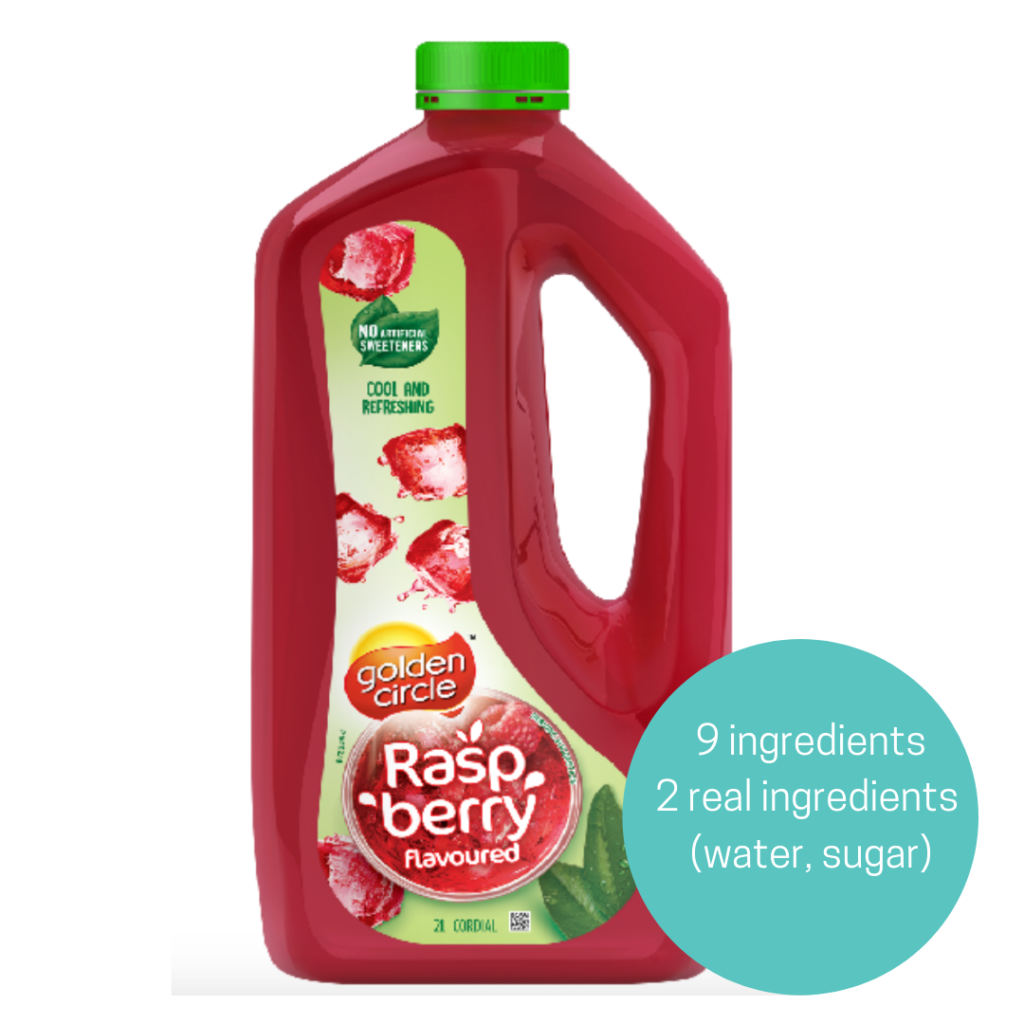
Ingredients
Water, Sugar, Food Acids (Citric Acid, Acetic Acid), Flavour, Preservatives (Sodium Benzoate, Sodium Metabisulphite), Stabiliser (466), Colour (122).
So, the largest ingredients in this product is water and sugar. It has then been flavoured, preserved, stabilised and coloured and sold for a hefty profit.
What’s the issue?
The issue is, if your children suffer with any of the following symptoms you would want to start eliminating cordial in the very first instance (or replacing it with a whole food option – more on that later):
– gastrointestinal ailments
– allergic reactions
– eczema
– hives
– rashes
– hyperactivity
– learning difficulties
– asthma
– headaches and migraines
In this one example alone, it really is a cocktail of additives!
Let’s take a brief look at the main additives in this example. Bearing in mind, the ingredients listed here are fairly typical of most supermarket cordials. If you opt for sugar free alternatives, you will have additional additives such as artificial sweeteners added in.
Citric acid (E330)
Most people believe that citric acid is natural, that it is derived from trusty oranges and lemons. In my experience (after having reviewed tens of thousands of products on supermarket shelves), 99% of the time, citric acid is derived from a bacteria. It is created by fermenting molasses or corn, with a mould (aspergillum niger). Those that are sensitive to MSG should avoid this ingredient. It is known for causing allergic and hypersensitive reactions, including gastrointestinal ailments, eczema, hives and rashes.
Sodium Benzoate (E211)
This preservative is derived from petroleum (is there any wonder our children are reacting to these ingredients?) and also is linked with allergic and hypersensitive reactions, asthma, hyperactivity, learning difficulties, eczema, hives and rashes. There have been multiple studies conducted which show that Sodium Benzoate when present with some food colouring can cause hyperactivity in children. You can find these studies here and here.
Sodium Metabisulphite (E224)
This preservative is also synthetically derived and is linked with asthma, behavioural problems, gastrointestinal ailments, headaches and migraines, hyperactivity, eczema, hives, rashes.
Colour (122) – Azorubine or Carmoisine
This colour is petroleum derived and is linked to allergic and hyper sensitive reactions, asthma, hyperactivity and skin ailments.
In the European Union (EU), foods containing this Colour 122, need to carry the warning:
“may have an adverse effect on activity and attention in children”
This colouring has already been banned in USA, Canada and Japan. Yet, it is still permitted in our foods in Australia, with no warning labels.
Flavour
We know that this could represent any number of ingredients and additives with no requirement to be declared. I always recommend avoiding any flavours, natural or otherwise.
When you next look at cordial, you may see it the same way that I do – it is a cocktail of potential symptoms delivered in a sugary syrup.
It is awful that these ingredients are allowed on our supermarket shelves for our little ones to ingest. One glass of this cocktail of additives (diluted in water) will send my kids off with symptoms for days.
I could go into other examples of cordials…but they are all fairly similar.
Please, if your children are suffering with any of the above symptoms, make the switch to a real cordial (or just water)
They are hard to find… I have only found one brand so far that has meet all my strict ingredient and processing tests.
Yes, this product will be more expensive than those in the supermarket. The reason being, is that it is derived from REAL Fruit!
Let me show you the product, the ingredients and how it is made, and you can compare for yourself.
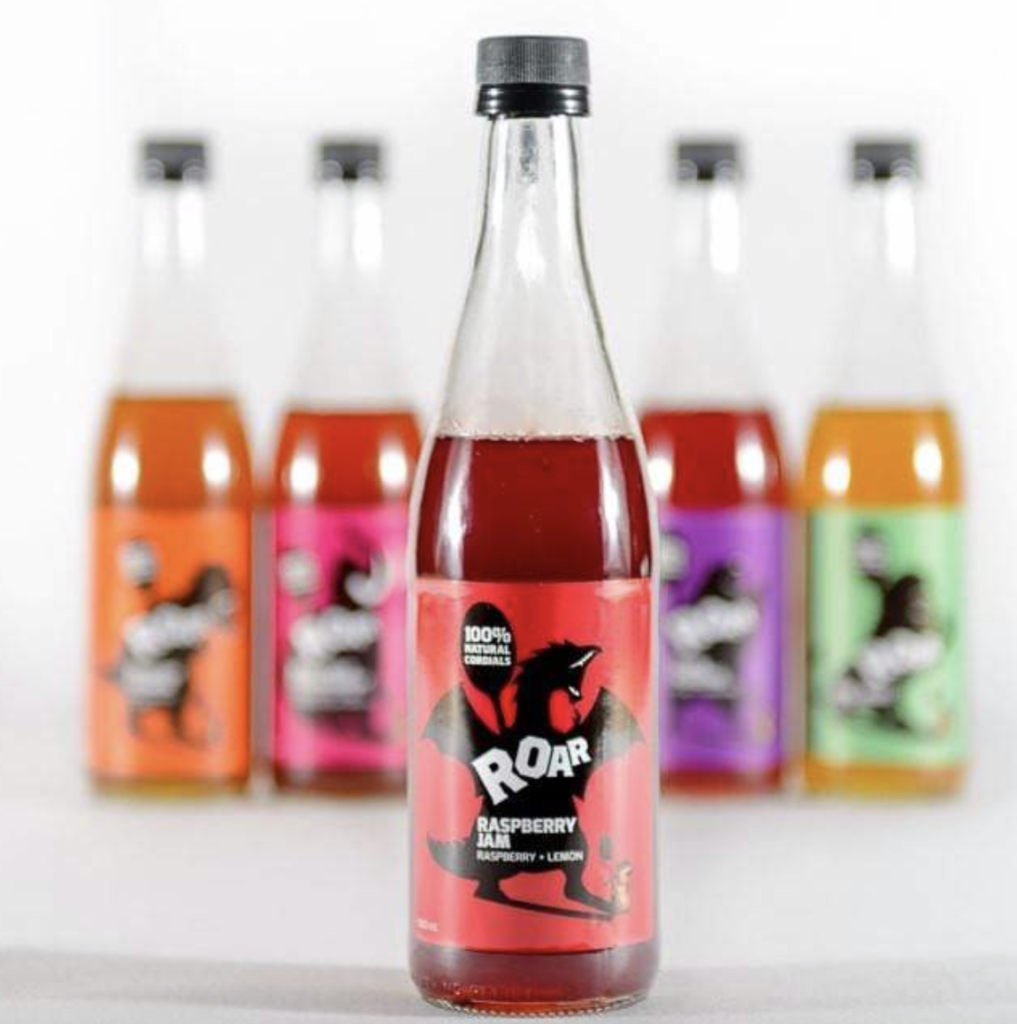
In this example, from Roar Cordials, these are the ingredients of their Raspberry cordial:
Water, Raw Sugar, Raspberries, Lemon juice
That’s it! The fruit in Roar Cordials are simmered, pressed, sugar added, strained, filtered and bottled.
This is a cordial I would be happy for my Additive Free Kids to have as a treat.
You can find stockists of Roar cordial here.
Is it time to look at how many additives are in your diet?
If you or your family members are suffering from health or behavioural issues, perhaps it is time to review the amount of additives in your diet?
If you would like one on one help with this, feel free to send me an email at fr******@ad**************.au. Or, if you would prefer to learn about additives in a group setting with some personalised fast tracking from me, check out our RESET course.
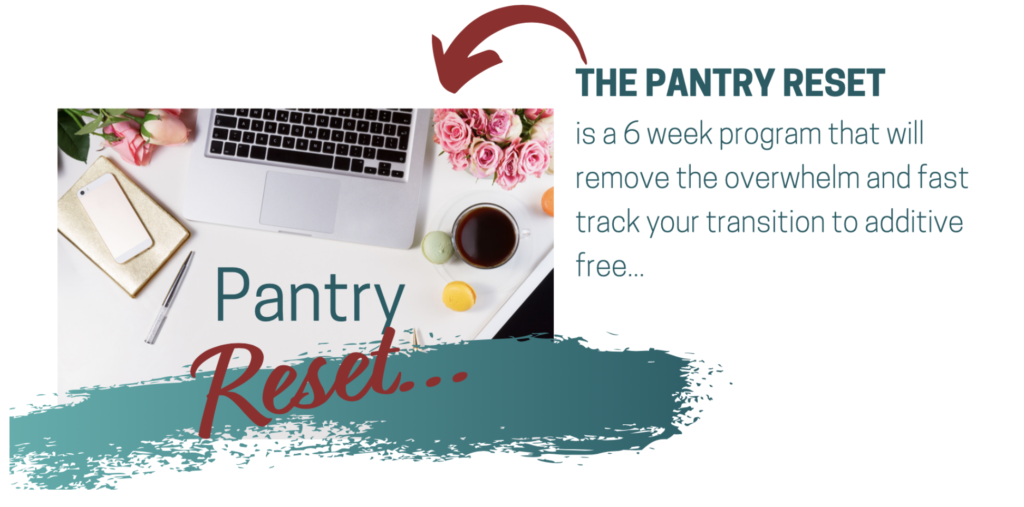
NOTE:
Manufacturers regularly change their ingredients. For the most up to date information on rankings, ingredients and product reviews, I invite you to join us in the Additive Free Advocates Membership – you can find out more here.

Frankie Bell is the Managing Director of Additive Free Kids, a food coach, mentor and is one of Australia’s leading activists against additives in foods.
Frankie is a mum to 5 boys and has personal experience working through the damaging effects of additives to resolve the multiple health issues and behavioural problems in her own children. It became Frankie’s purpose to help other families achieve the same improvements for their families.
These changes can be overwhelming, especially for time poor parents, Frankie has done all the hard work for families to ensure they have access to additive free food, anytime, anywhere. Additive Free Kids specialises in assisting families to live healthy lives free from additives. Join our thriving Additive Free Kids Community for support along your additive journey.
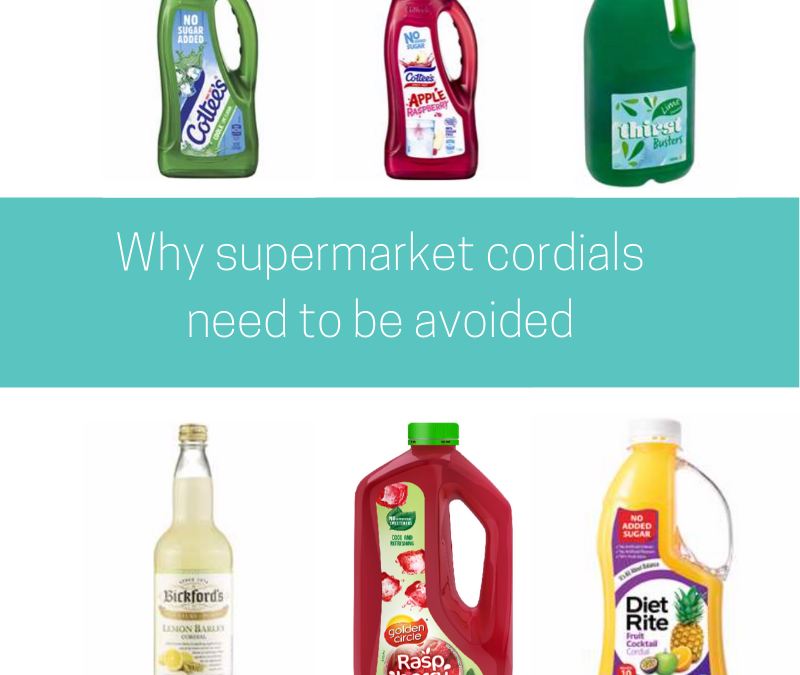
 My passion and mission is to work with families to reduce the overwhelm when going additive free. Moving to additive free living can bring back peace, calm and joy to families. I know it's possible and I've experienced it first hand with my 5 boys.
My passion and mission is to work with families to reduce the overwhelm when going additive free. Moving to additive free living can bring back peace, calm and joy to families. I know it's possible and I've experienced it first hand with my 5 boys.

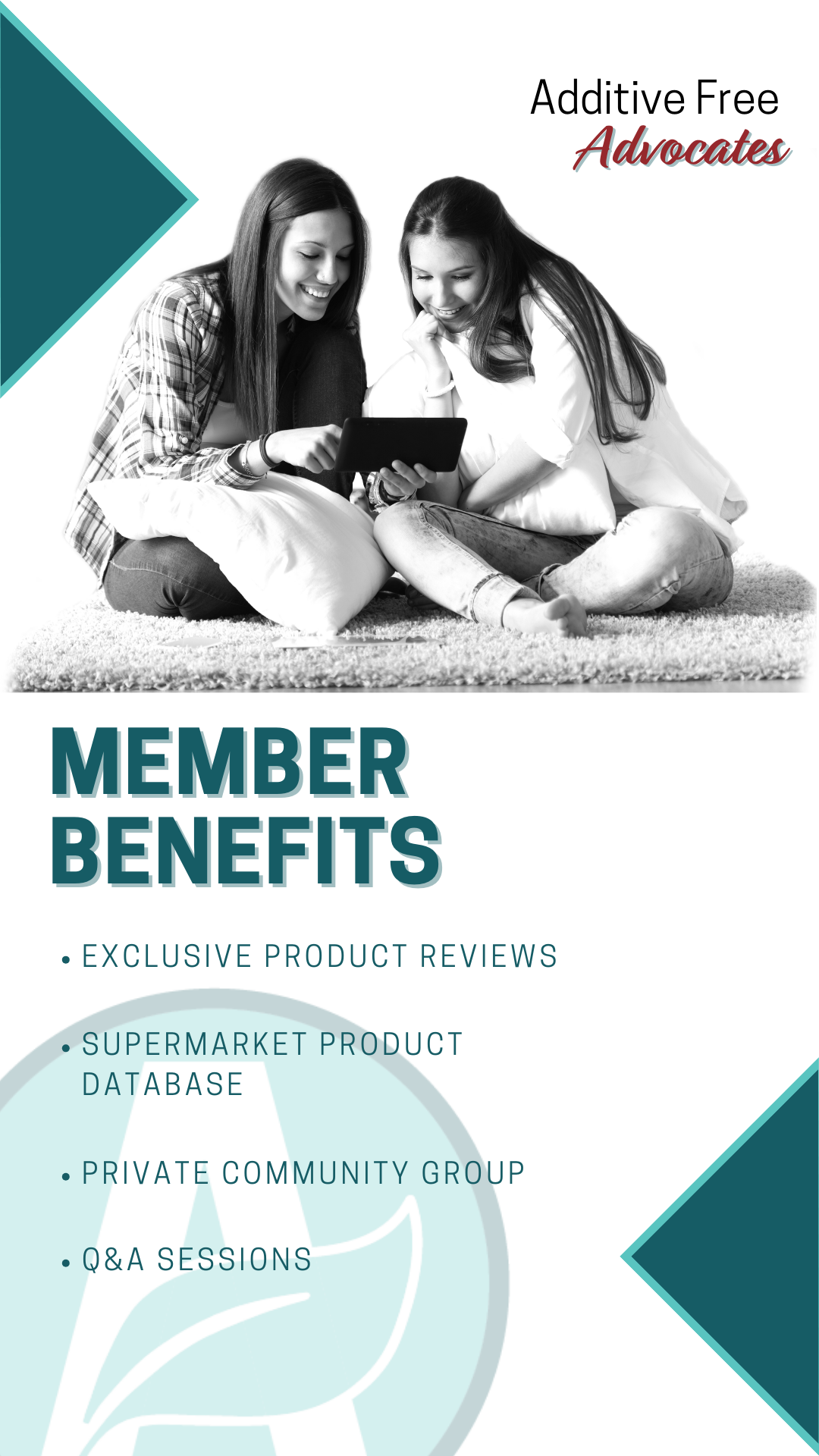


Woolworths stock an organic apple juice which is strong enough to be used as cordial, and it’s abouta third of the price of them roar cordials. Great article btw. It’s amazing to see what’s in the food were eating. Great job.
you are right all these additives are causing a lot of health problems one in particular is anything that involves the petrochemical industry in the production of highly processed foods